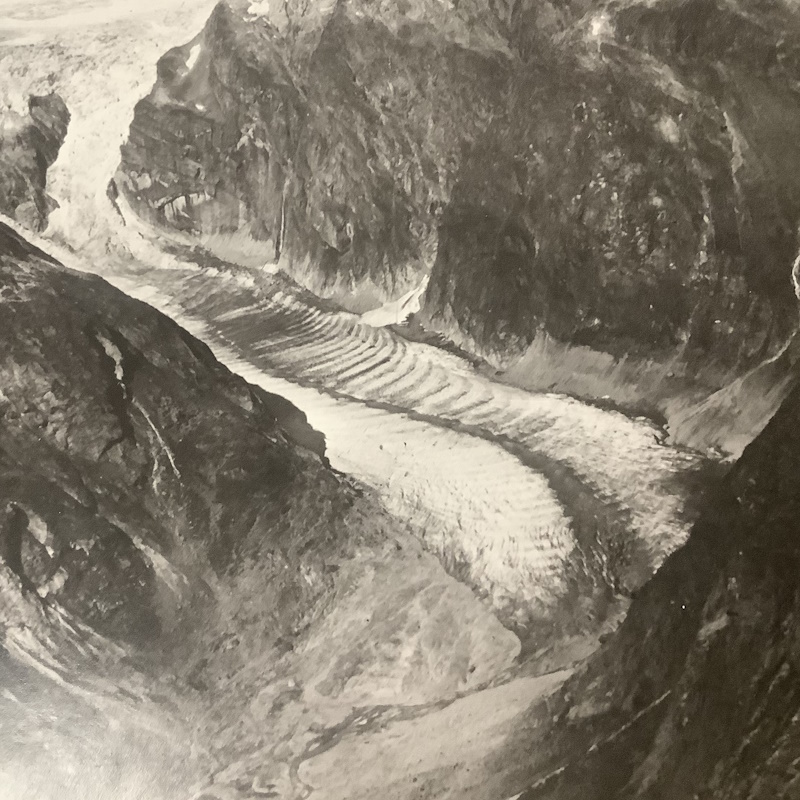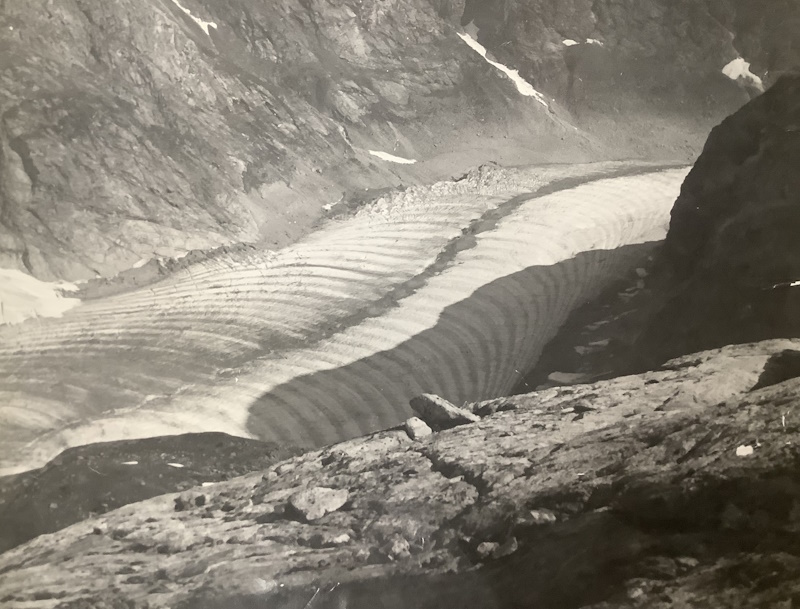The themes of Christopher Priest's novel 'Expect me tomorrow' are reflected in various Royal Society collections and activities, as Keith Moore discovers.

The Librarian’s dilemma is, succinctly, ‘so many books, so little time…’. I might get through two or three volumes per week, but that just means my reading list grows faster than I can keep up, especially as there’s plenty of material to hand. I was pleased, therefore, to find a paperback that had slipped under my radar, but which ticked a lot of ‘Royal Society interest’ boxes.
I can’t think why I omitted the late Christopher Priest’s 2022 novel Expect me tomorrow when it first appeared. One of its major themes is the impact of climate change, which I usually find thoroughly unconvincing in novel form; but Priest very neatly contrasts one familiar future (extreme weather events, movements of people) with a historical narrative of a Victorian glaciologist whose research into cold masses, ocean currents, and sunspots makes him increasingly terrified of a new ice age. There’s sly comedy to be enjoyed as his studies are illuminated by newly minted and coal-fired domestic electric lighting, and his travels to observatories are made by carbon-belching steamships and trains.
 Above, and headline image: the Austerdalsbreen, an offshoot of the Jostedalsbreen, Norway, photographer unknown. J.F. Nye papers
Above, and headline image: the Austerdalsbreen, an offshoot of the Jostedalsbreen, Norway, photographer unknown. J.F. Nye papers
The Norwegian Jostedal glacier features within the book, both as an object of study and as a time capsule for the body of a stricken scientist. For the archivists here, this is familiar ground. Historical images of Norway’s icesheets and modern equivalents are a feature of a recently acquired archive at the Royal Society, the visually rich papers of John Frederick Nye FRS (1923-2019). On a completely different track, the science fiction elements of Priest’s novel involve a new brand of information technology which quite accidentally allows its user to access the past, via DNA coding and a graphene headset – which probably comes as news to Sir Andre Geim and Sir Kostya Novoselov, both Fellows of the Royal Society and Nobel Laureates for their pioneering (and real-world) research on graphene. Geim has levitated a frog, but as far as I know hasn’t managed time travel quite yet!
Dualities and symmetries such as these forward and backward flows of information are a feature of Priest’s writing. His most famous novel remains The Prestige (1995), which (without giving away too many plot elements for new readers) features copying processes, twins, and an important walk-on part for the real-life scientist and inventor Nikola Tesla (1856-1943). In Expect me tomorrow, our glaciologist’s brother is also a genuine historical figure, the unfortunate Adolf Beck (1841-1909). Beck was the victim of a serial case of mistaken identity, repeatedly imprisoned as a fraudster from 1896, based upon a resemblance to a certain ‘John Smith’. Once the cases against him unravelled, it led to a pardon and fundamental changes in English jurisprudence. Just the sort of identity topic that these days would interest the Royal Society’s ‘Science and the Law’ strand of work.
So, with Christmas approaching, you may need a stocking filler, and you might consider Expect me tomorrow. I’m moving back to my own pile of must-reads, which is growing as fast as those glaciers are shrinking. Expect me to be too busy tomorrow – and the next day.





